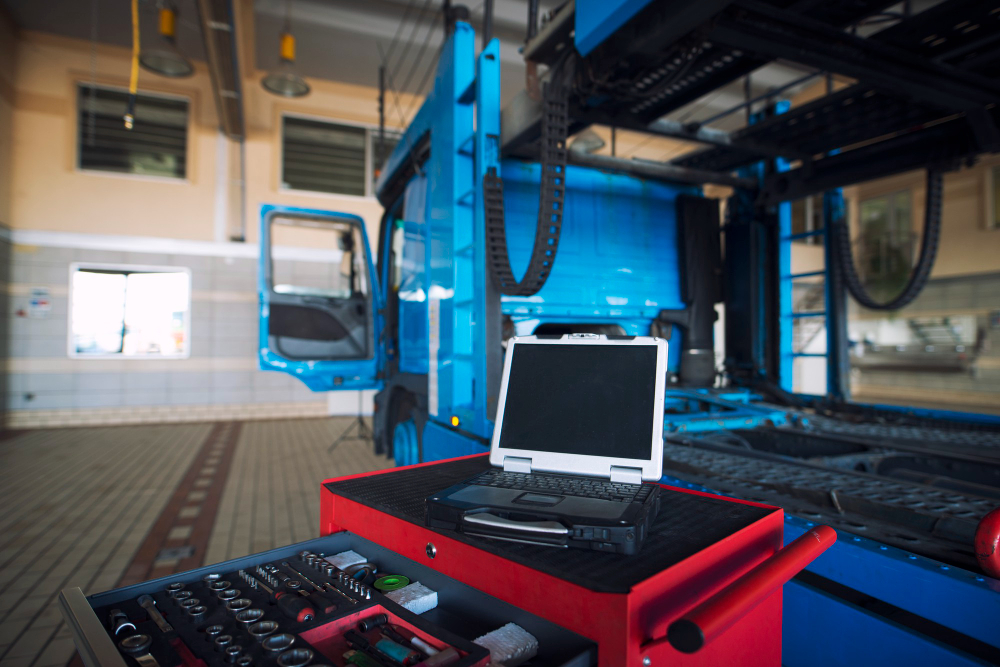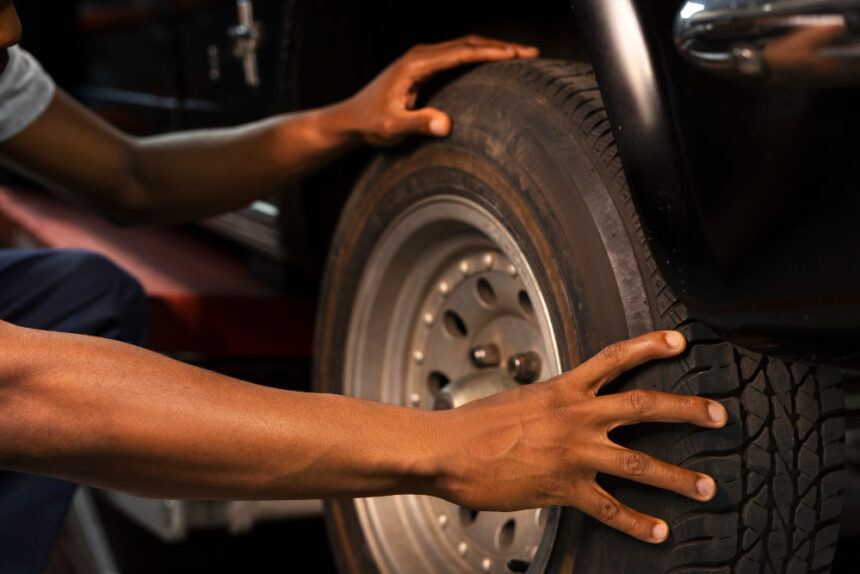Tires play a crucial role in vehicle safety, performance, and efficiency. Proper maintenance not only ensures a smooth driving experience but also extends the lifespan of your tires. Whether you drive a conventional car or are transitioning to the future of mobility with Software-Defined Vehicles (SDVs), maintaining your tires should always be a priority.
Why Tire Maintenance Matters
Tires are the only point of contact between your vehicle and the road, making their upkeep essential for safety and fuel efficiency. Poorly maintained tires can lead to accidents, poor handling, and increased fuel consumption. Moreover, they can wear out faster, leading to frequent replacements and added costs.
Checking Tire Pressure Regularly
One of the most critical aspects of tire maintenance is monitoring air pressure. Incorrect tire pressure can affect your vehicle’s performance, fuel efficiency, and safety. Overinflated tires can lead to a harsh ride and uneven wear, while underinflated tires reduce fuel economy and increase the risk of blowouts.
To maintain optimal tire pressure:
- Use a reliable pressure gauge to check tire pressure at least once a month.
- Refer to your vehicle’s manual for the recommended tire pressure levels.
- Adjust the pressure as needed, especially before long trips or extreme weather conditions.
Tire Tread Depth Inspection
Tire tread provides traction and prevents skidding, especially in wet or slippery conditions. As tires wear out, their tread depth decreases, reducing grip and increasing the risk of accidents. Checking tread depth regularly ensures that your tires remain safe for driving.
To measure tread depth:
- Use a tread depth gauge or the penny test—insert a penny into the tread with Lincoln’s head facing downward. If you can see the top of his head, it’s time to replace the tires.
- Inspect for uneven wear, which could indicate alignment or suspension issues.
- Rotate your tires periodically to ensure even wear.
Wheel Alignment and Balancing
Proper wheel alignment ensures that your tires wear evenly and that your car handles correctly. Misaligned wheels can cause the vehicle to pull to one side, uneven tire wear, and reduced fuel efficiency. Balancing, on the other hand, prevents vibrations and enhances driving comfort.
- Have your wheels aligned and balanced every 6,000 to 8,000 miles.
- If you notice vibrations or your car pulling to one side, consult a professional mechanic.
- Regular alignment checks can prevent premature tire wear and improve fuel economy.
Rotating Tires for Longevity
Tire rotation involves moving tires from one position to another to promote even wear. Since front and rear tires wear differently, rotating them at regular intervals extends their lifespan.
- Rotate tires every 5,000 to 7,500 miles, as recommended by your car’s manufacturer.
- Follow a recommended rotation pattern, such as front-to-back or crisscross rotation.
- Regular rotation improves handling and traction, particularly in adverse weather conditions.
Keeping an Eye on Tire Condition
Inspecting your tires for damage is essential for safe driving. Cracks, bulges, or punctures can compromise tire integrity and increase the risk of failure. Common causes of tire damage include potholes, curbs, and road debris.
- Check for visible cuts, cracks, or embedded objects.
- Avoid driving over sharp objects or rough terrain when possible.
- Replace damaged tires immediately to prevent potential accidents.
The Role of Software-Defined Vehicles (SDVs) in Tire Maintenance

Software-Defined Vehicles (SDVs) are revolutionizing the automotive industry by integrating advanced technologies into traditional vehicle systems. These smart vehicles use software-based solutions to monitor and optimize various components, including tires.
- SDVs can detect tire pressure and temperature fluctuations in real time, alerting drivers of potential issues.
- Automated systems within SDVs help with tire alignment and rotation reminders.
- AI-driven diagnostics analyze tire wear patterns, predicting when replacements are necessary.
With SDVs becoming more prevalent, drivers can expect improved efficiency, safety, and predictive maintenance, reducing the chances of tire-related mishaps.
Seasonal Tire Care Tips
Seasonal changes affect tire performance, requiring special maintenance practices for different weather conditions.
- Summer: Check for overheating, which can cause excessive wear. Ensure proper inflation to handle high temperatures.
- Winter: Use winter or all-season tires for better grip on icy roads. Keep an eye on pressure, as it tends to drop in cold weather.
- Rainy Season: Ensure sufficient tread depth to prevent hydroplaning. Inspect for water damage or cracks.
When to Replace Your Tires
Knowing when to replace tires is crucial for road safety. Worn-out tires lose grip and become more susceptible to punctures and blowouts.
- Replace tires when the tread depth reaches 2/32 of an inch or lower.
- Look for visible damage, such as deep cuts, cracks, or bulges.
- Consider replacing tires every 6 years, even if they appear in good condition, as rubber deteriorates over time.
Conclusion
Maintaining your car’s tires is essential for safety, performance, and fuel efficiency. Regular pressure checks, tread depth inspections, and timely rotations help extend tire life while ensuring a smooth ride. As the automotive industry moves towards software-defined vehicles (SDVs), technology-driven solutions will further simplify tire maintenance, enhancing road safety and driving experience. Prioritize tire care today for a safer and more efficient journey ahead.

